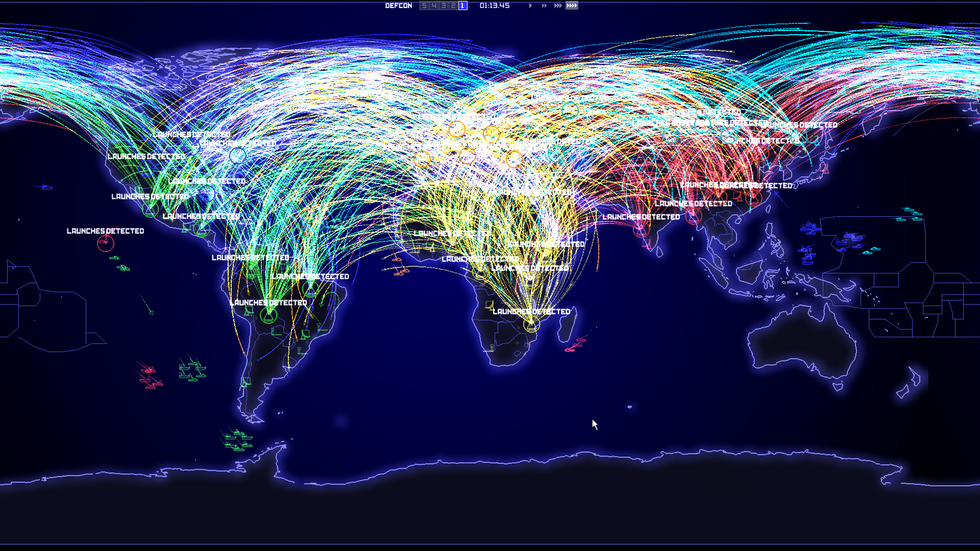With the conflict between the United States and both the Middle East and North Korea reaching a point of crisis, the threat of nuclear war is once again on the minds of many. To many the idea of mutually assured destruction never made any sense. Now that it seems to be coming back with the resurgence of hostility between all of us, it is worth trying to make sense of it.
In military strategy, assured destruction is where behaviors or choices are deterred because they will lead to overwhelming punitive consequences. It was most often discussed as mutually assured destruction (MAD), assuming there are exactly two parties in the conflict. For a policy called MAD it is perhaps not surprising that there is little logic behind the argument in its defense.The thought is that you essentially have a circumstance, whereby on the off chance that one side harms the other, it will unavoidably be harm itself. Given that the attack being referred to are of an enormous and atomic scale, any first strike would wreck the enemy as well as one's own particular side as well. All attacks would in actuality be suicide. Along these lines, the argument could in essence be made that this would hinder states from attacking each other.
The conventional idea behind Mutually Assured Destruction can seem to be, by all accounts, exceptionally basic. From one perspective, it is contended that any arrangement that purposely makes the annihilation of the whole planet conceivable must be evil. End of story. Then again, those in favor of MAD bring up that it works, or if nothing else has not failed up until this point. They would include most likely that it is ignorant to anticipate that all others will dispose of all their atomic weapons, and that the main conceivable protection against an atomically outfitted adversary is the unappealing arrangement known as MAD.
The classic example of this, given their existence on both sides, is in the Cold War. Simply dumping one’s own nuclear arsenal would remove the risk of global destruction but increase the risk of one’s own side losing a conventionally fought war. Since the idea of a cold war is the classic idea of a stand-off, any imbalance might be indeed expected to make such a war more likely. Any type of advantage, especially if it is considered to be only temporary, is liable to be pressed. So the ethical issues raised by MAD are really: what may we risk? What may we intend? How should we weigh the risks of global destruction and international communism? Is the state protecting one’s family if it deliberately puts them at risk of global nuclear war? Is it protecting them if it deliberately increases the risk of global conventional war followed, quite possibly, by international communism of the Soviet variety?
The answers are not simple, and are likely to depend on how much one dislikes the idea of communism or capitalism, if one takes the other point of view. The idea of MAD still seems to work to this day. We still need to ask ourselves, if it is worth the risk. If we are to go to a conventional war, would we still be able to win? We may not know right now but these times are pressing. The policy behind MAD for a long time was irrelevant to a lot of people in the world. However, the question returns in todays society and those ethical questions join it.

















